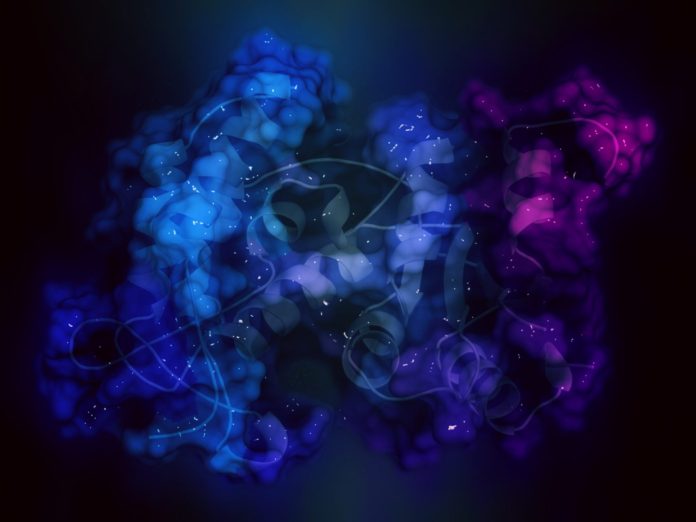Telomerase is an enzyme that we once knew very little about, other than it’s linked to both cancer, certain aging-related diseases, and other illnesses. However, now, thanks to the advancement of technology, researchers can get a much clearer picture of the enzyme and how it works.
“At each step, we zoom in closer and see more and more details, and can now begin to deduce not just what the enzyme looks like, but also how it functions,” explains senior author of the study and professor of chemistry and biochemistry at UCLA, Juli Feigon. “Knowing that may lead to the development of new drugs that target specific parts of the enzyme.” As well as reporting how they can now see the enzyme in near-atomic resolution, the researchers also report how, for the first time ever, they’ve captured telomerase while making DNA.
Lukas Susac is the co-lead author of the study and a UCLA postdoctoral scholar in Feigon’s lab. “For the first time we have a framework, or blueprint, of telomerase,” he says. “We know people have telomerase mutations and get sick, but we have had no understanding of how this came to be, beyond knowing their telomerase doesn’t work. Now we can say the problem is with a specific site within telomerase and perhaps see why the enzyme sometimes does not work properly.”
Telomerase’s main role is to maintain those little structures found at the ends of human chromosomes, the telomeres. During times when telomerase is inactive, every time the cells split, the telomeres get shorter in length. Eventually, they become so short that the cells either stop dividing or simply die off. Cells that have abnormally active telomerase can constantly rebuild their protective chromosomal caps and prevent themselves from dying. The enzyme is particularly active in cancer cells and enables the disease to grow and spread.
To conduct the study, Feigon’s team used single-celled microorganisms commonly found in freshwater ponds called “Tetrahymena thermophila.” The researchers used these microorganisms as they’re the ones in which telomerase and telomeres were first found. Inside telomerase lies a class of proteins that consists of four major regions and many sub-regions.
During this research, the scientists discovered a large sub-region called “TRAP” that happened to be a part of the enzyme’s reverse transcriptase. These reverse transcriptases use RNA to make DNA. When it comes to telomerase’s reverse transcriptase, unlike other reverse transcriptases which can copy any RNA sequence to make DNA, these can only copy a specific six-nucleotide strand of RNA. It copies this strand over and over in which to make a long chain of DNA.
TRAP plays a vital role in adding small parts of DNA onto the ends of chromosomes in order to prevent them from shortening whenever a cell divides. And for the first time ever, researchers are able to report their findings in regards to its shape, structure, and regions in which it interacts. “A joy of science is the moment when you are the first person in the world to see something important,” says Feigon.
Back in 2015, the researchers reported their findings in another major region called ‘TEN’. Now, they’re able to report on the structures of both TEN and TRAP and how they communicate with telomerase RNA and each other. The next step for Feigon and his team is to learn how the different regions interact with one another. To try and slow down the production of cancer cells it would be useful to know how to target the activity that occurs within the enzyme.
“We have very deep insights into how telomerase works and how the components work together, says Susac. “Each of these interactions could be a point to a target, and possibly disrupt or enhance the function of telomerase. Precision will be very important; simply hitting telomerase with a hammer won’t work. Telomerase is a very central and unique enzyme in many organisms. Now we have locations to aim for.”
More News to Read
- Researchers Gain Deeper Understanding into Quantum Technology Thanks to Superconducting Vortex
- MIT Researchers Create New Way of Enhancing Light and Matter Interactions
- New Fuel Reducing Ship Coating Could Save the U.S. Navy Millions of Dollars
- New NASA Mission to Focus on Interstellar Space Particles of the Outer Solar System
- AI is Now More Accurate at Diagnosing Skin Cancer than Dermatologists

